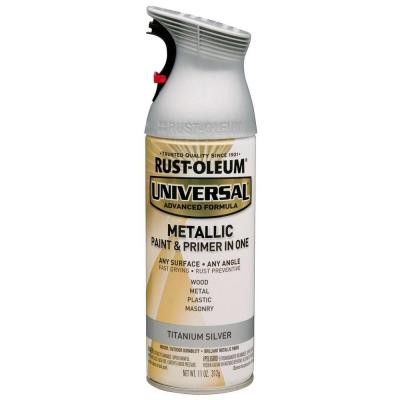A Silver Primer
Post on: 5 Апрель, 2015 No Comment

Silver is used for everything from industrial purposes to decoration to photography to medicine. Its unique combination of strength, malleability and conductivity makes it a major force in the commodity market. Along with its more well-known brother gold, investors should know what affects the price of silver, what types of investments can be made and the methods in which it is traded before making any investment decisions.
Price Drivers
Silver is a unique commodity in that it is widely used for both industrial and investment purposes. Gold’s price is primarily driven by investment demand, with only about 11% driven by industrial use. Silver’s industrial demand consists of over half of the total demand. According to The Silver Institute in April 2011, silver’s world industrial use is forecasted to increase about 36% between 2011 and 2015, from 487.4 million ounces (ozs.) to 665.9 million ozs. From this 2011 demand, silver’s industrial use comprised about 50% of the usage, with jewelry and physical silver demand consisting of about 31%. The remaining demand is divided between photography and silverware. It is forecast that total silver consumption in industrial fabrication in 2014 will be 4.4% larger than in 2013
This growth in silver’s industrial use in 2007-2010 is quite remarkable considering that in 1990 industrial demand only comprised of 39% of its use. As of 2010, the majority of worldwide demand for silver comes from the industrialized world, with the United States, Europe and Japan accounting for over half of that demand. However, developing countries, like India and especially China, have increased their demand for silver and this trend is expected to continue as their economies grow.

As a result of industrial demand making up over half of silver’s use, a recession or weakening of industrial demand would have an impact upon silver prices. The economic outlook of the world economy drives a lot of the silver price speculation. During 2007-2010, emerging markets such as India and China played a larger role with their appetite for silver. In 2013, the sluggish global economic recovery along with further substitution and thrift had a negligible impact on silver industrial fabrication demand globally. Industrial fabrication (excluding photography) consumption in 2013 was 536 Moz, effectively flat compared to 2012, though this still constituted over half of the global demand for physical silver. This demand is likely to increase further as the list of the core uses for silver increases in electronics, the automobile industry and the solar industry. Looking at its elasticity. silver demand is largely price inelastic in the short term as its substitution for other metals is limited.
Silver is produced all over the world, with over half of worldwide production coming from five countries: Mexico, Peru, China, Australia and Chile. The world’s largest silver mine is based out of Australia, and as of 2010 this mine produced 38.6 million ounces of silver per year; the mine is owned by BHP Billiton.














